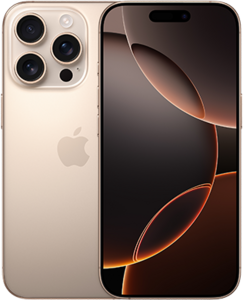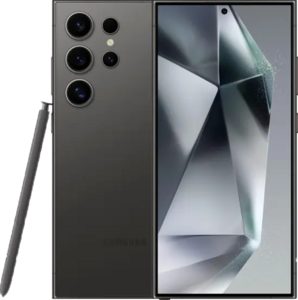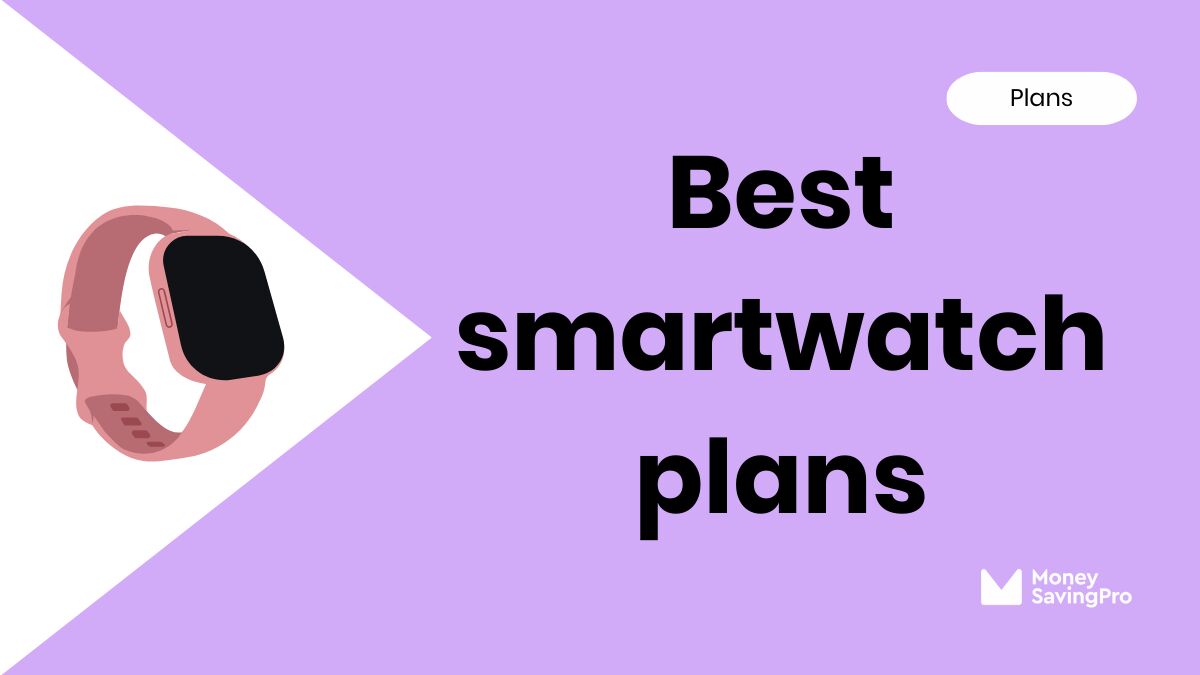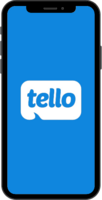


Disclaimer: MoneySavingPro is a free price comparison service but we do not provide service directly. We do our best to keep all the information up to date but there may be some discrepancies between the price you pay.
| 1 year | 2 years | 3 years | |
|---|---|---|---|
| Big Wireless | $900 | $1,800 | $2,700 |
| Alternative | $300 | $600 | $900 |
| You save | $600 | $1,200 | $1,800 |





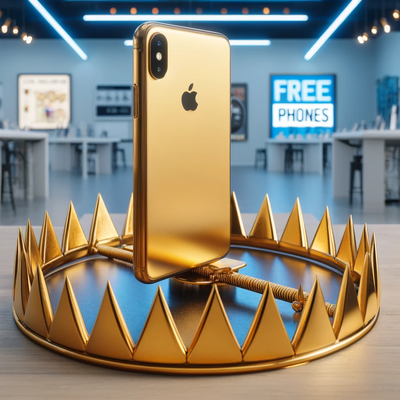



How to choose the best cellular plan for a smartwatch
What network coverage do you prefer?
Network access is a key consideration wherever you live, but especially in rural areas. Luckily, low-cost carriers operate on the same 5G & 4G LTE networks as major carriers. T-Mobile scores the highest for 5G coverage, according to an Opensignal 5G Experience Report (2023). If there is a particular network you prefer, choose an MVNO that operates on that network. Use our coverage checker to find the best cell phone service in your area.
How much data do you need?
Do you really need an unlimited data plan? The big wireless companies want you to believe so, but in reality, the average monthly cellular data consumption is around 10GB. However, if you spend most of your time at home or work on Wi-Fi, it's likely your cellular data usage will be much lower. You can choose a data plan tailored to your needs with cheap cell phone providers, meaning you can pay less if you use less. But if you do choose an unlimited data plan, be aware that high-speed data is normally capped.
Is hotspot data included?
Most carriers allow hotspot data usage but limit the amount of data that can be used via tethering. The limit depends on the carrier and plan you choose. Some carriers also offer data only plans so you can access the internet on mobile devices like iPads, tablets, and mobile hotspots when Wi-Fi's not available.
What's the monthly price?
While big wireless unlimited plans cost around $75-90 per month, the best MVNOs offer budget-friendly plans, ranging from $5-35 per month without sacrificing wireless coverage and data speeds. Watch out for hidden fees & taxes; some carriers include these in the price, and others, such as Verizon and AT&T, don't.
How many lines do you need?
With big wireless, you only get the advertised price if you buy four lines. With MVNOs, the price you see is the price you pay, even for one line. Many low-cost carriers now offer further discounts for multi-line plans.
Can I bring my own phone or buy a new device?
While the big three love keeping their customers locked into a constant phone upgrade cycle, MVNOs encourage you to bring your own phone. This means you take back control and only change your phone when it suits you. If you do want to purchase a new phone, many MVNOs offer an affordable and easy way with 0% financing over 1-2 years.
Are there any deals or promotions?
Big wireless promotions can seem good at a glance. But once you read the small print, it often leads to buying things you don't need and committing to 3-year phone contracts. Many MVNOs offer short-term introductory promotional pricing for new customers, and their pricing is much more transparent.
What perks or add ons can I expect?
Most big wireless plans include "free" TV subscriptions. Initially, these seem like a great deal. However, these usually turn into a paid subscription that is automatically added to your bill a few months down the line. A few low-cost carriers, such as US Mobile, do offer plan options with free subscription services, but we generally recommend keeping these subscriptions separate so you don't end up paying for things you don't need.
Is international calling included?
Most MVNOs offer free international calls to many countries. If this is important to you, make sure to choose a carrier that includes this.
Are there parental controls?
Some Mobile Virtual Network Operators (MVNOs) provide parental controls that allow parents to monitor their children's cell phone usage and data consumption. By using these features, you have the ability to establish limits on data usage, limit access to specific apps or websites, and even keep track of your child's whereabouts. These capabilities are accessible either through subscription plans or can be adjusted in the settings of your mobile device.
Check out our cell phone plan comparison to ensure you find the best deal.
Find the best cellular service in your area
Compare the cheapest prepaid plans for smartwatches
| Carrier | Network | Data | Price |
|---|---|---|---|
| Twigby Mobile 2GB plan | Verizon 5G/4G Coverage | 2GB | $5/mo |
| Twigby Mobile unlimited talk & text plan | Verizon 5G/4G Coverage | 0GB | $5/mo |
| Tello unlimited talk & text plan | T-Mobile 5G/4G Coverage | 0GB | $8/mo |
| Tello 1GB plan | T-Mobile 5G/4G Coverage | 1GB | $9/mo |
| Twigby Mobile 5GB plan | Verizon 5G/4G Coverage | 5GB | $10/mo |
Smartwatch plans FAQs
You don't need a cellular plan for your smartwatch to work, but without a cell plan, you won't be able to use it as a stand-alone for calls, messaging, and other functions.
Some carriers offer shared data plans, so you can use the data on your smartwatch. But you'll need to check the details of your plan.
Low-cost carriers offer plans starting at $10 per month, allowing you to tailor a plan to suit your needs.
Recap: What is the best plan for smartwatches?
A good smartwatch has a variety of benefits, including general health, exercise, keeping time, reminders, and checking texts and emails, but it doesn't have to be another expensive monthly cost.
Whether you're looking for an Apple Watch plan or a Samsung smartwatch, with MVNOs, you can save up to half the price on your smartwatch plan, with the same perks and coverage, but without the lengthy contract.
Prepaid smartwatch plans offer you freedom and flexibility, so you have control of your plan.
How I choose the best carriers and plans
To select the best carriers and plans, I evaluated over 30 different carriers.
I rate carriers in five categories, with a star rating from 1-5, with 5 stars being the best. I then calculate the overall star rating using the five categories:
- Value for money: I compare carriers based on price, features, benefits, and promotions. It's not just about the lowest price but getting the most bang for your buck.
- Coverage: I look at network 5G and 4G LTE coverage across the US. I use coverage maps to determine service availability and data speeds in urban, suburban, and rural locations.
- Customer experience: I take into account items such as current user experience, website and app usability, ease of switching, and customer service in terms of availability, channels, and satisfaction ratings.
- Transparency: I assess whether carrier pricing is clear and straightforward. I examine the fine print to check for hidden fees, confusing terms or conditions, and misleading offers to ensure upfront, honest prices and advertising.
- Range of choice: I evaluate the diversity of plan options to determine if they fit the individual needs of all customers.
Read more about our carrier ratings methodology and our editorial process.
I regularly update the content so that we're always recommending the latest and best value plans and do my best to ensure the information is accurate.
A low-cost carrier uses the same towers and coverage as major networks like Verizon, T-Mobile, and AT&T. The difference is that low-cost carriers offer more affordable plans with fewer hidden fees because they don’t have the same overhead costs as the big guys.
Low-cost carriers can keep prices lower because they don’t own the network infrastructure. They pay the major carriers for network access, which allows them to pass the savings on to you.
Yes. Most low-cost carriers offer flexible plans that allow you to adjust your data, talk, or text limits to suit your needs, as you are not tied into a contract. You can change your plan or cancel anytime.
You can bring your own unlocked phone to most low-cost carriers or purchase one directly from the carrier. Many low-cost carriers offer popular models, and their network compatibility is usually no issue.
Yes, switching to a low-cost carrier is simple. You can sign up online, bring your own phone, and port your number easily. The process is quick and straightforward, and customer support is available to assist with any issues.
No! Most low-cost carriers offer prepaid, no-contract plans, meaning you're not tied down to long-term commitments. You can switch whenever you like without paying hefty termination fees.
Most low-cost carriers offer easy payment options, including online billing, autopay, or prepaid options. Many also offer discounts for paying upfront or signing up for autopay.
Yes! Some low-cost carriers offer family plans or multi-line discounts. But just by signing up the whole family to a low-cost carrier without the discount could save you up to $600 a year, per line.
Yes, while the big 3 only offer unlimited data plans, most people actually don’t need these. You can choose a plan with a data limit that suits your usage to save even more money or an unlimited data plan. It's up to you.
Depending on the plan, normally, your speeds will be slowed until your next billing cycle, rarely do any charge for overage use. However, some low-cost carriers provide options for purchasing additional data at a reasonable cost.
No, low-cost carriers use the same towers as the big networks, so you’ll have the same signal strength and coverage as with Verizon, T-Mobile, or AT&T.
Yes, all low-cost carriers now offer 5G service, as they use the same networks as the big 3. You will need a compatible phone and plan, but 5G is increasingly available across low-cost carriers.
You may experience slower speeds during peak times if your low-cost carrier deprioritizes data. However, outside of busy periods, you should enjoy the same fast speeds as you would with major carriers. Your speeds will depend on the network’s traffic at any given moment.
No, low-cost carriers provide coverage in rural and remote areas, just like major networks. The coverage is essentially the same, as they all use the same towers and infrastructure.
While customer service experiences can vary, many low-cost carriers offer excellent customer support. They tend to focus on customer satisfaction and transparency without the frustration of endless hold times or high-pressure sales tactics often seen with the big carriers.
Yes, most low-cost carriers offer reliable customer support. It varies by carrier but you’ll find they offer online support or phone assistance.
Most low-cost carriers don’t have physical stores, so in-person support may be limited. However, most low-cost carriers offer strong online support or call center assistance to resolve issues remotely.
While low-cost carriers may not offer as many in-store support options as big carriers, they generally provide reliable and helpful customer support through phone and online channels. Their support tends to be more personal and straightforward compared to larger, more corporate carriers.
Customer support can assist with a wide range of issues, including billing inquiries, plan changes, technical issues, device troubleshooting, network connectivity problems, and account management.
Yes, you can keep both your current phone and phone number when switching to a low-cost carrier. The process is easy, and most low-cost carriers offer tools to help you through the transfer.
Yes, it’s quick and easy! Low-cost carriers typically allow you to sign up online, bring your own phone, and transfer your number. The process is simple, and customer support is available to guide you if needed.
In most cases, there should be minimal downtime during the switch. The porting process usually takes a few hours to complete, but you can often continue using your current service until the transfer is finalized. Make sure to complete the switch during business hours for faster processing.
You can check if your phone is compatible by looking up the low-cost carrier’s compatibility list on their website or using your IMEI number.
Many low-cost carriers offer device financing or discounts for purchasing a new phone through them. However, you're also free to bring your own unlocked phone giving you flexibility.
Some low-cost carriers offer international calling and roaming options, but it's important to check with the specific carrier for details. Some carriers may offer affordable add-ons for international calls and data.
Many low-cost carriers offer affordable international calling plans or add-ons to help keep costs down, but the exact rates can vary.
Yes, if your low-cost carrier supports international roaming, you can use your international calling plan while abroad. However, be sure to check roaming rates and coverage before you travel to avoid unexpected costs.
Yes, many low-cost carriers allow you to make international calls over Wi-Fi using apps like WhatsApp, Skype, or other VoIP services. This can be a cost-effective way to call internationally, as it doesn’t count toward your carrier's voice minutes or incur additional charges.
















